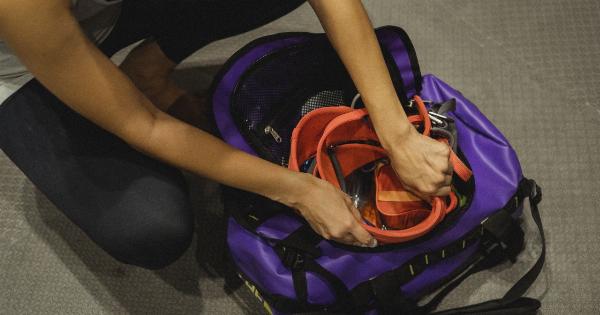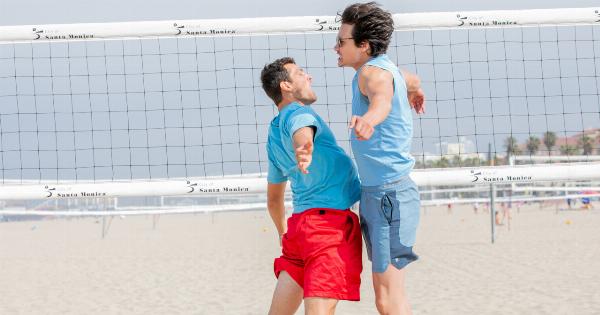Suntense is a term coined to describe a state of extreme tension and frustration that arises from prolonged exposure to the sun. It often occurs during hot summer days when individuals spend extended periods outdoors without proper protection.
Signs of Suntense
Identifying the signs of suntense is crucial to prevent it from progressing into a more severe condition. Here are some common signs to watch out for:.
1. Sunburn
One of the early signs of suntense is sunburn. The skin appears reddish and feels hot to the touch. Severe sunburn can cause blisters and peeling, indicating significant damage to the skin.
2. Heat Rash
Heat rash, also known as prickly heat, is another sign of suntense. It appears as tiny red bumps on the skin, often accompanied by itching and discomfort. Heat rash typically occurs in areas where sweat is trapped, such as the neck, chest, and groin.
3. Dehydration
Dehydration is a common consequence of prolonged sun exposure. Symptoms include increased thirst, dry mouth, dark urine, fatigue, and dizziness. Severe dehydration can lead to heat exhaustion or heat stroke.
4. Heat Cramps
Heat cramps are painful muscle contractions that occur during or after intense physical activity in a hot environment. They are caused by an electrolyte imbalance and dehydration. Common areas affected include the abdomen, arms, and legs.
5. Heat Exhaustion
Heat exhaustion is a more serious condition resulting from prolonged exposure to high temperatures. Symptoms include heavy sweating, rapid pulse, headache, nausea, dizziness, and fainting.
Immediate medical attention is necessary to prevent it from progressing to heat stroke.
6. Heat Stroke
Heat stroke is a life-threatening condition and the most severe form of heat-related illness. It occurs when the body’s temperature regulation system fails, and the core body temperature rises dangerously high.
Symptoms include confusion, loss of consciousness, seizures, and hot, dry skin.
Preventive Measures
While it’s important to identify the signs of suntense, taking preventive measures is key to avoiding severe consequences. Here are some steps to protect yourself from suntense:.
1. Wear Protective Clothing
When spending time outdoors in the sun, wear lightweight and loose-fitting clothing that covers your arms, legs, and neck. Opt for a wide-brimmed hat and sunglasses to shield your face and eyes from direct sunlight.
2. Use Sunscreen
Apply sunscreen with a high sun protection factor (SPF) to expose skin areas. Choose a broad-spectrum sunscreen that protects against both UVA and UVB rays. Reapply every two hours, especially if you’re sweating or swimming.
3. Seek Shade
Take regular breaks in shaded areas, especially during the hottest hours of the day when the sun’s rays are most intense. Find a cool spot or use an umbrella to create your shade if natural shade is unavailable.
4. Stay Hydrated
Drink plenty of water and avoid alcoholic or caffeinated beverages that can contribute to dehydration. Increase your fluid intake when engaging in physical activities or spending extended periods in the sun.
5. Take Cool Showers
Cool showers can help lower your body temperature and provide relief from the heat. If a shower is not possible, use wet towels or take a dip in a pool or a natural water body to cool down.
6. Plan Outdoor Activities Wisely
Avoid prolonging outdoor activities during peak heat conditions. Schedule your outdoor activities in the early morning or late afternoon when the sun is less intense.
7. Know Your Limits
Listen to your body and recognize when you need to rest or seek shelter. Pay attention to the signs of heat-related illnesses and take appropriate action if any symptoms arise.
Conclusion
Suntense can have severe consequences if not identified and addressed promptly. By recognizing the early signs and taking preventive measures, you can avoid the progression of suntense into more severe conditions such as heat stroke.
Stay sun smart, protect yourself, and enjoy your time outdoors safely!.




























